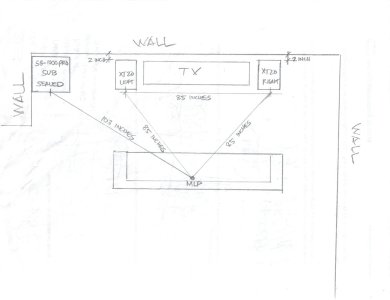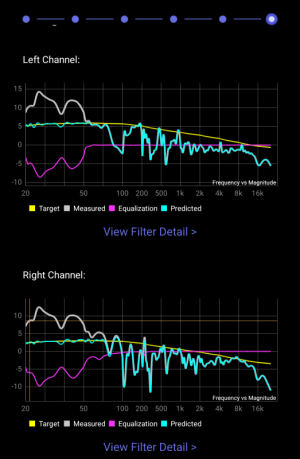The EQ settings from spinorama.org are unrelated to the target curve you use in RoomFit, so you can use them without fear with your settings.

To give a bit of background - the "Harman score" is actually something quite different to the "Harman target" or "Harman curve" - though I see how the naming is misleading.
"Harman score" is a preference score used to grade the tonality of loudspeakers based on their full
anechoic (spinorama)
response.
"Harman curve" or "Harman target" is a curve following the
in-room steady state
responses of well-measuring, front-firing loudspeakers.
This is not to be confused with the headphone "Harman targets" (which exist as well)!
Note that the "Harman curve" was actually never intended to be a 'target' for EQ; it was found to be a
natural result of well-measuring loudspeakers. These days many people use it as a target, however - and regardless of loudspeaker type - which doesn't necessarily guarantee good results.
All of this came from years of research done at Harman (and NRC before it), which explains the confusing and not very imaginative naming




